All Stories
-
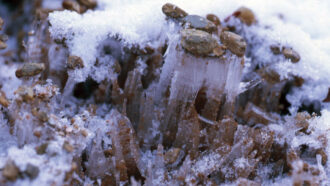 Earth
EarthHere’s how ice needles can sculpt natural rock art
Striking stone patterns adorn remote cold landscapes the world over. The recipe for these adornments: Freeze, thaw, repeat.
By Beth Geiger -
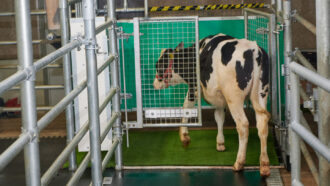 Agriculture
AgriculturePotty-trained cows could help reduce pollution
About a dozen calves have been trained to pee in a stall. Toilet training cows on a large scale could cut down on pollution, scientists say.
-
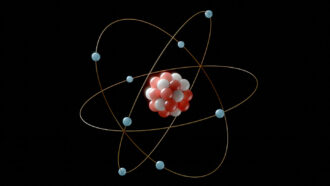 Chemistry
ChemistryScientists Say: Electron
Electrons are negatively charged particles. They are attracted to the positively charged particles in the center, or nucleus, of an atom.
-
 Tech
TechWill you learn better from reading on screen or on paper?
Some studies find students don’t learn as well by reading on screens as from paper. But that's not always true. Here’s how to make the most of reading in either format.
-
 Health & Medicine
Health & MedicineA single vape session can harm immune cells in the body
Vaping creates molecules in the body that can attack cells and cause damage.
-
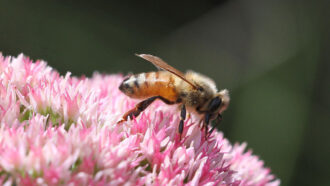 Animals
AnimalsWhat biologists call a species is becoming more than just a name
The tree of life — evolution — has been reshaping how scientists name and classify organisms. Some want naming to reflect evolutionary groups even more.
By Jack J. Lee -

-
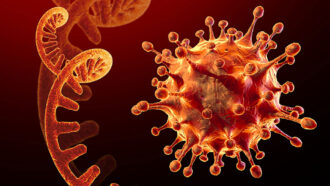 Genetics
GeneticsExplainer: What is RNA?
A partner to DNA, cells use this molecule to translate the instructions for making all of the many proteins that your body needs to function.
-
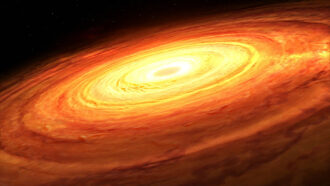 Space
SpaceHere’s an easier new way to weigh a black hole
The timing of flickers in the gas and dust of a black hole’s accretion disk correlates to its mass, a new study finds.
-
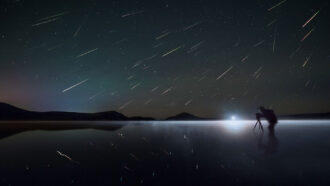 Earth
EarthLet’s learn about meteor showers
Meteor showers happen when Earth’s orbit passes through trails of debris left behind by comets or asteroids.
-
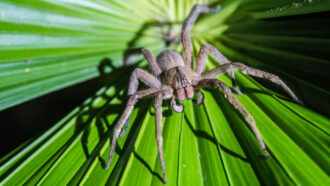 Animals
AnimalsA spider’s feet hold a hairy, sticky secret
Their widespread stickiness traces to the shape of hairs on its feet, scientists now find.
-
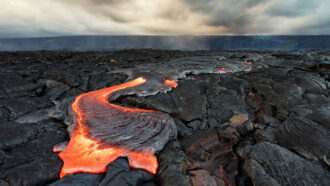 Earth
EarthScientists Say: Magma and lava
The word magma refers to molten rock deep inside Earth. That rock is called lava when it reaches Earth’s surface.